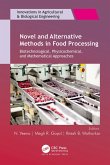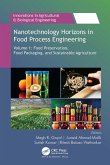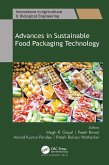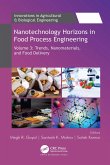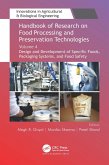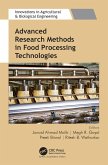Enzyme inactivation in fruits and vegetables is of utmost importance regarding food quality during storage. This new volume explores important emerging technologies for the inactivation of enzymes in the design and preservation of food. The book covers the basic concepts and chemical methods and then introduces novel processing technologies for inactivating food enzymes. The new technologies are many: pulsed electric field, ultraviolet and light-emitting diodes, ohmic heating, dense-phased carbon dioxide, cold plasma, ultrasonication, microwave processing, radiofrequency, extraction, and others. The volume also looks at the design of nutraceutical-based functional foods, specific foods for gut-microbiodata, the use of omega-3 fatty acids to fortify food products, and the characteristics of dairy-based dry powders, and characteristics of millet starches. It also considers the role of the bioactive compounds and metal ions for catalases secreted by medicinal plants and mushrooms for enzyme inactivation and biosensing, along with the role of bionanomaterials in nanoencapsulation and catalysis.
Dieser Download kann aus rechtlichen Gründen nur mit Rechnungsadresse in A, B, BG, CY, CZ, D, DK, EW, E, FIN, F, GR, HR, H, IRL, I, LT, L, LR, M, NL, PL, P, R, S, SLO, SK ausgeliefert werden.



